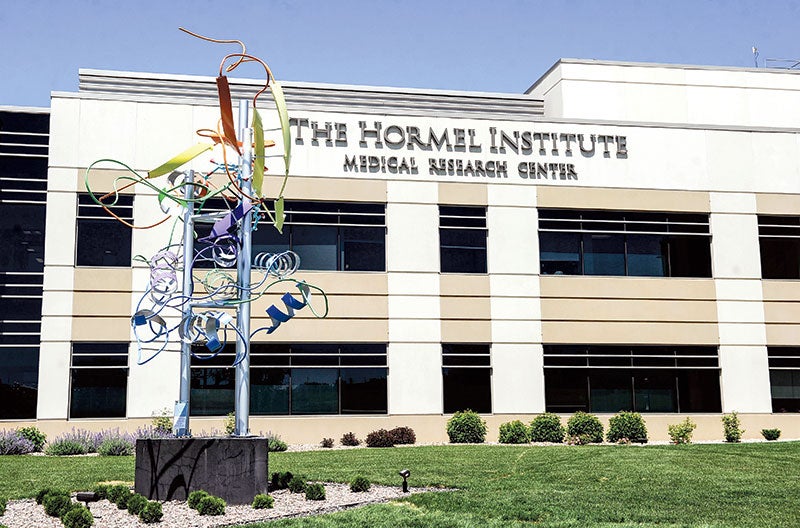Viruses, bacteria in drinking water wells? Maybe, but what does it mean?
Published 10:49 am Monday, March 13, 2017
By Dave Orrick
St. Paul Pioneer Press
Viruses and bacteria, including salmonella, may be finding their way into some of Minnesota’s drinking-water supply wells, according to new findings from the state Department of Public Health announced Friday.
But we’re not all getting sick, so … ?
We don’t know what it means — but the vast majority of Minnesotans, who get their water from disinfected municipal systems, needn’t worry.
That’s pretty much what scientists are saying as they continue to study the phenomenon, which comes one year into a two-year study mandated by the Minnesota Legislature and is part of an emerging field of science.
What they know
Here’s what they found:
Genetic material, such as DNA, from human viruses and bacteria, can be found in some of the state’s public drinking-water supply wells. But not systems like St. Paul’s or White Bear Lake’s. “These are mostly smaller systems,” MDH Assistant Commissioner Paul Allwood said Friday. Examples include mobile home parks, churches, schools, apartment buildings and factories whose water is not disinfected.
“The vast majority of Minnesotans—more than 90 percent—receive water that has been disinfected,” Allwod said. Disinfecting kills any microbes, he said. Of the more than 10,000 public water-supply sources in the state, only around 1,500 do not — and aren’t required to — disinfect.
That’s important to metro residents. Major municipal water supplies, which are subjected to state-required disinfection, were not studied because the water coming out of the tap is not believed to be at risk.
They think the stuff is most likely the result of modern human activity. In other words, scientists think that if they tested the groundwater before European settlement, they wouldn’t have detected much.
Sscientists collected 478 samples from the 82 systems between May 2014 and April 2015.
“Researchers found that while the overall presence of microbial indicators in samples was low, a high percentage of wells had at least one detection,” the department said. “Overall, 8 percent of samples tested positive for human viruses and 11 percent tested positive for salmonella. However, 37 percent of systems had evidence of human viruses and 89 percent of systems had evidence of microbes (including some that don’t cause human illness) detected at least once during the study period.”
What they don’t know
Here’s what they don’t know:
They don’t know if the stuff they found can actually make people sick, although the statement said “chemical analysis indicated there was a potential pathway for contamination.” The next phase of the study will examine health records to see if any incidents of illnesses can be correlated to the water systems where the genetic material was found.
They don’t know how the stuff got there. In some cases, scientists suspect that poor well design or nearby septic systems might be to blame, but they don’t know.
They don’t know that the stuff is even being drunk. Groundwater wells — the intakes for drinking water — were tested, not the actual tap water being consumed.
While they suspect the concern is modern, they don’t know if it’s growing or shrinking because there’s no baseline of data for comparison; these tests had never been done before.
Minnesota doesn’t appear to be unique. Some national studies have shown that as much as 30 percent of public water sources contain genetic material from human microbes and viruses. A study in Wisconsin found similar results to Minnesota’s, said Carla Peterson, supervisor for community drinking water for the Department of Public Health.
“This is emerging science,” Peterson said.
Operators of the water systems found to contain the genetic material have been notified, officials said, but on Friday they declined to released the actual locations, saying that the data still needed to be analyzed — and emphasizing that they don’t believe public health is immediately at risk. The incidents of the genetic material found does not seem to follow any geographic pattern, officials said.




